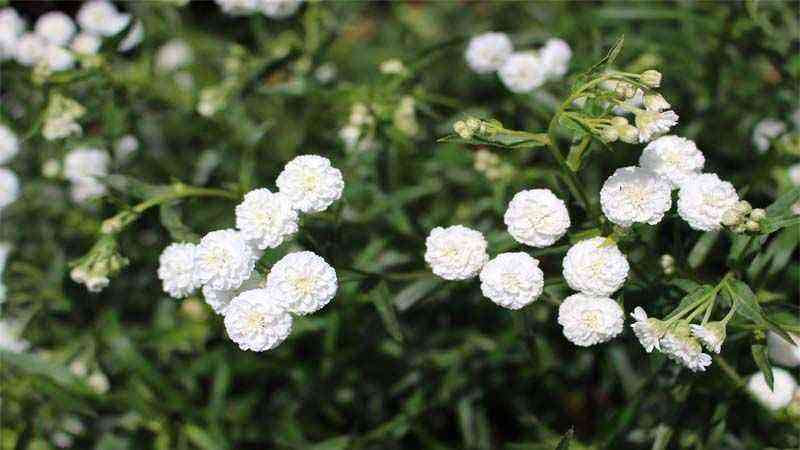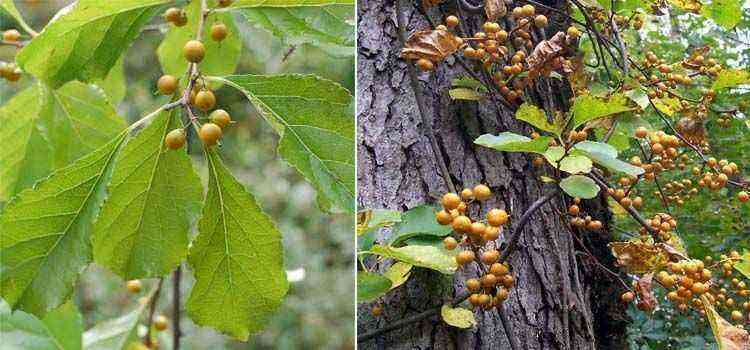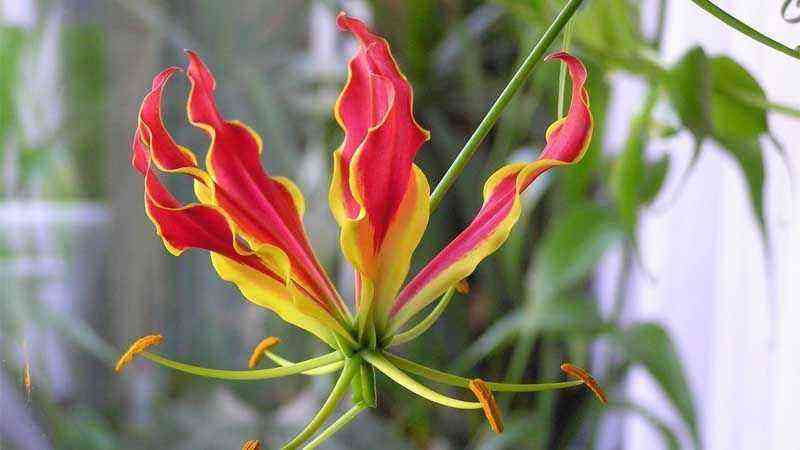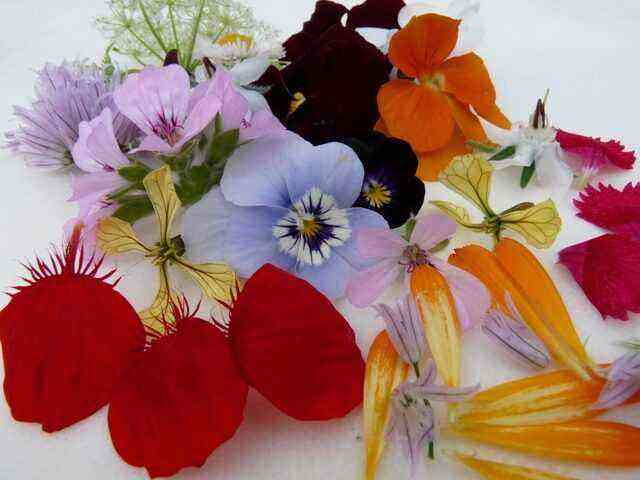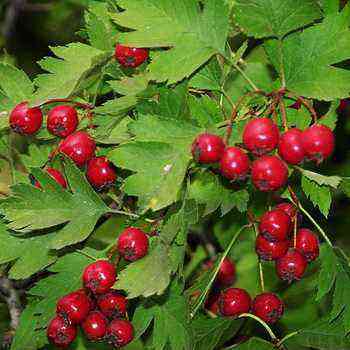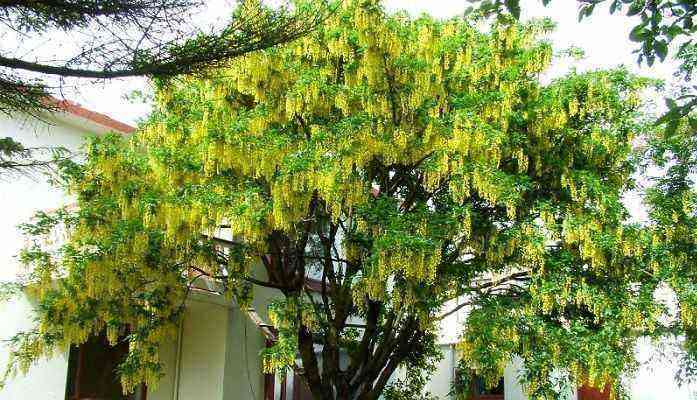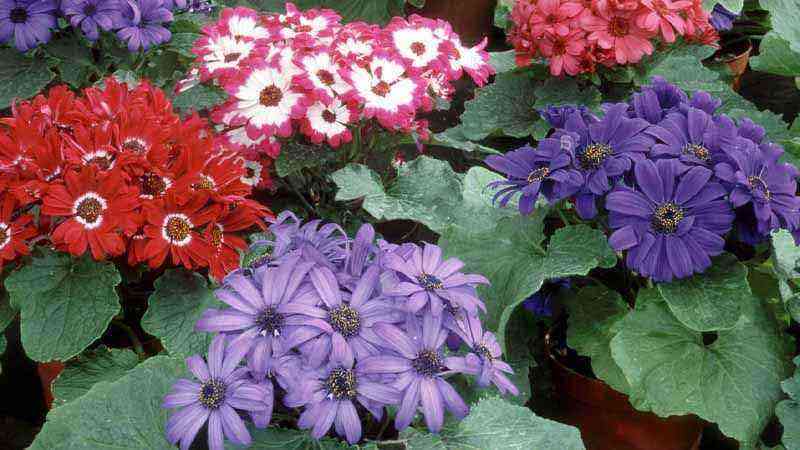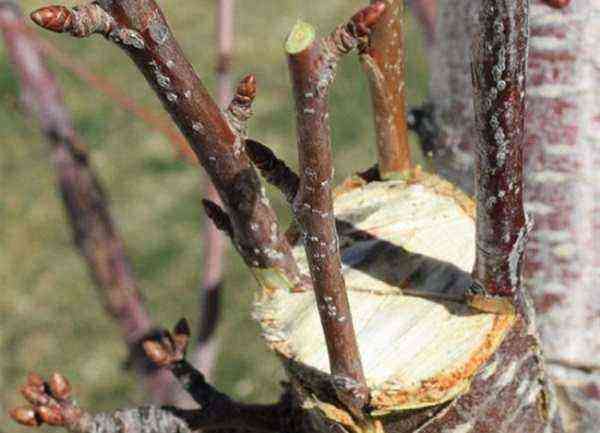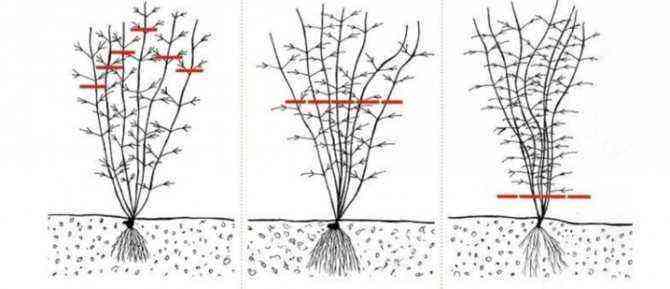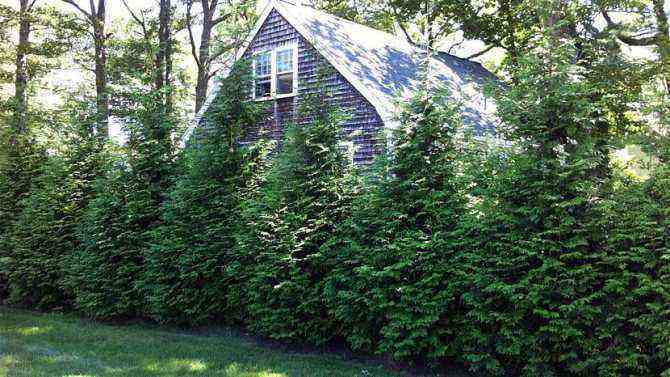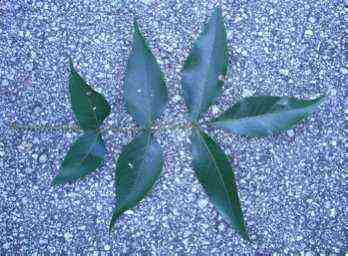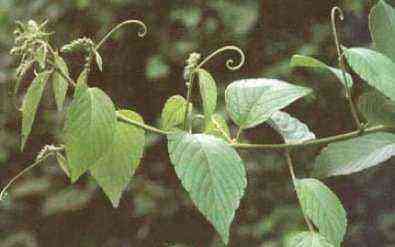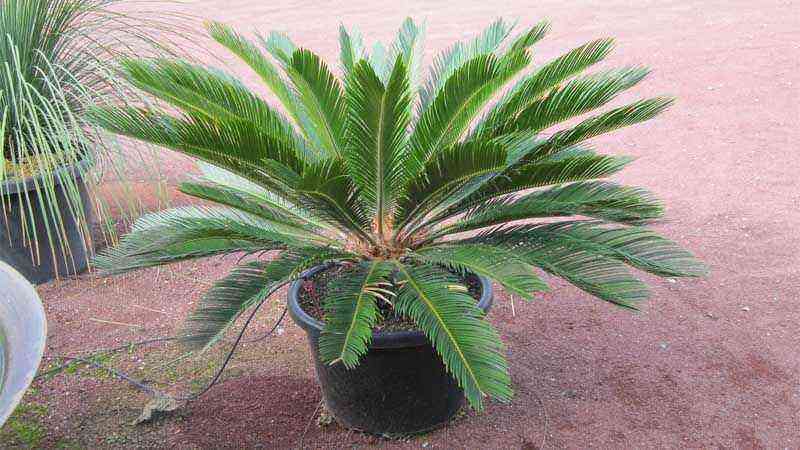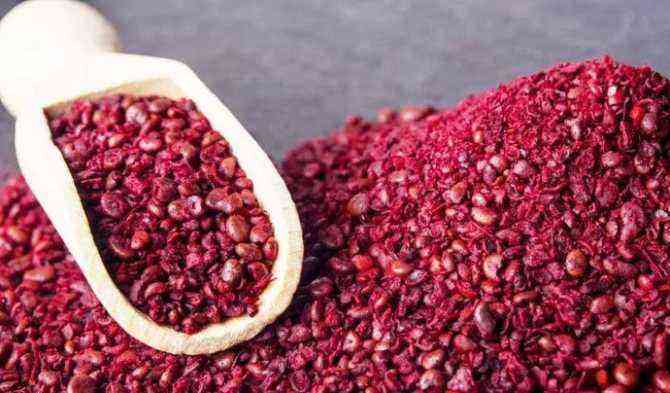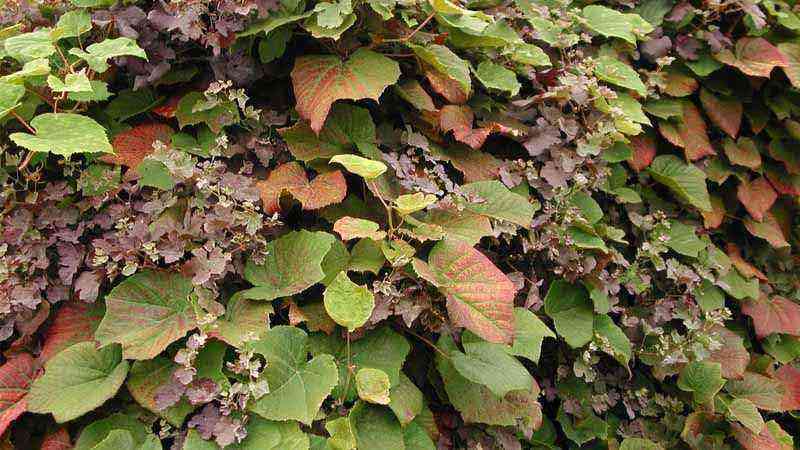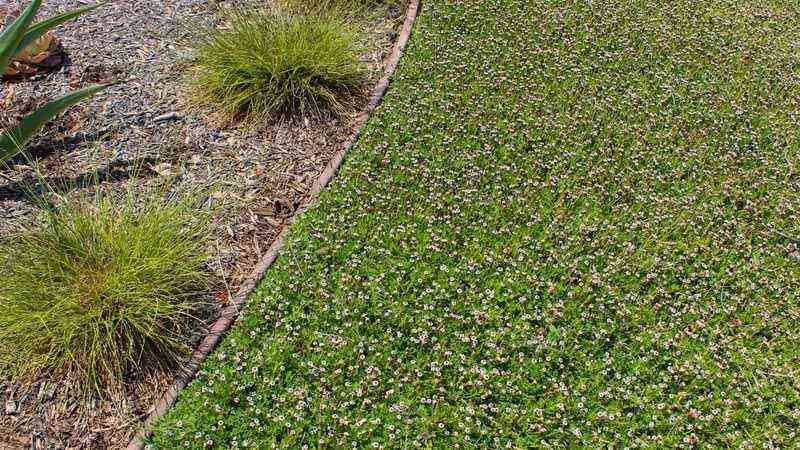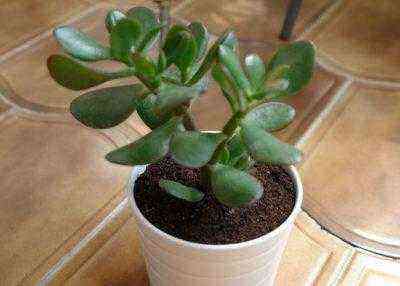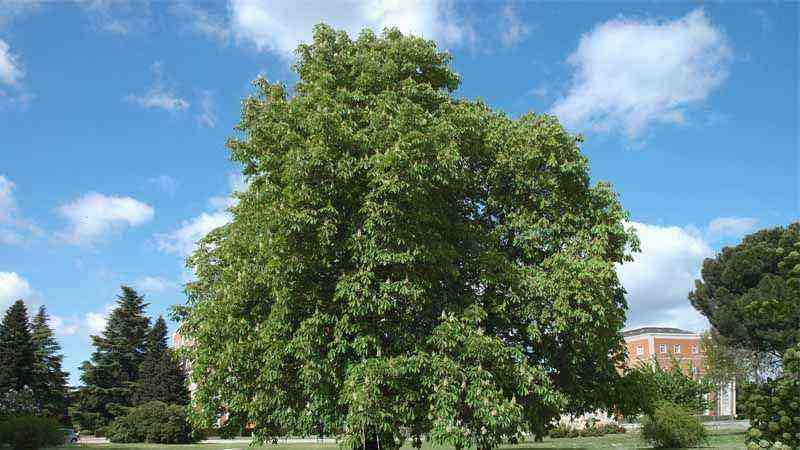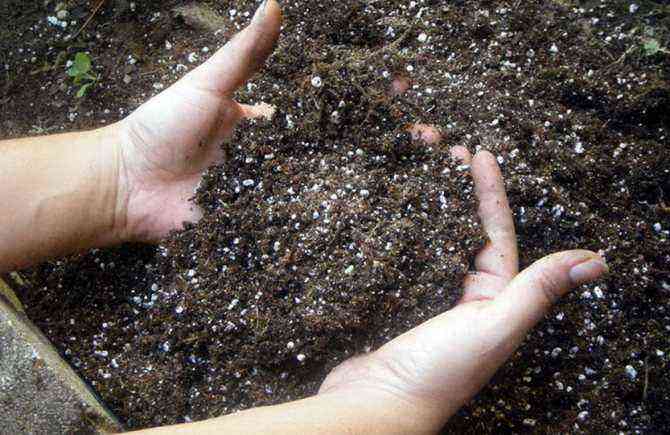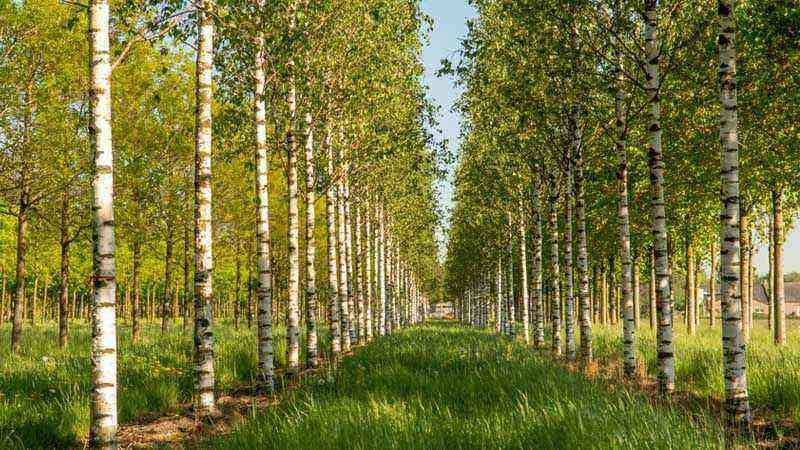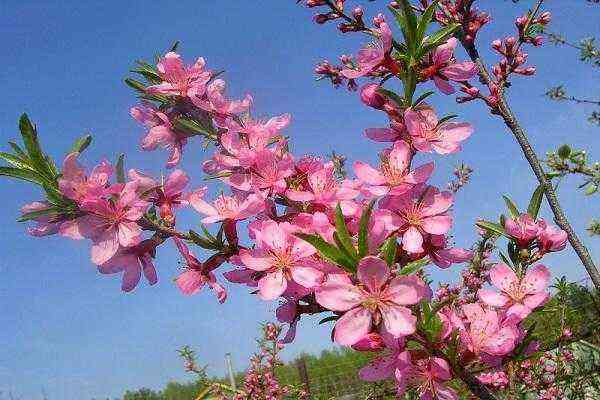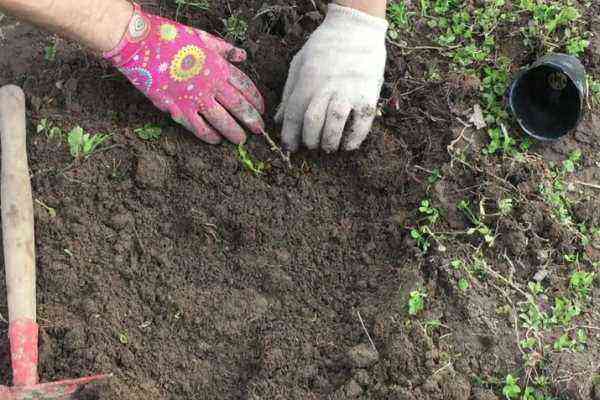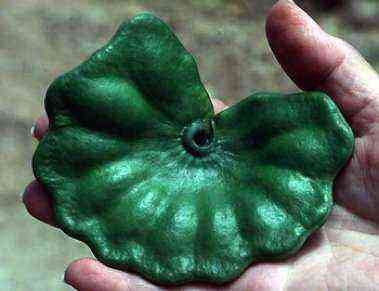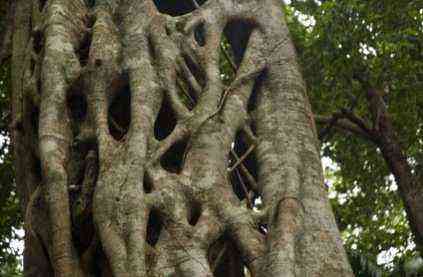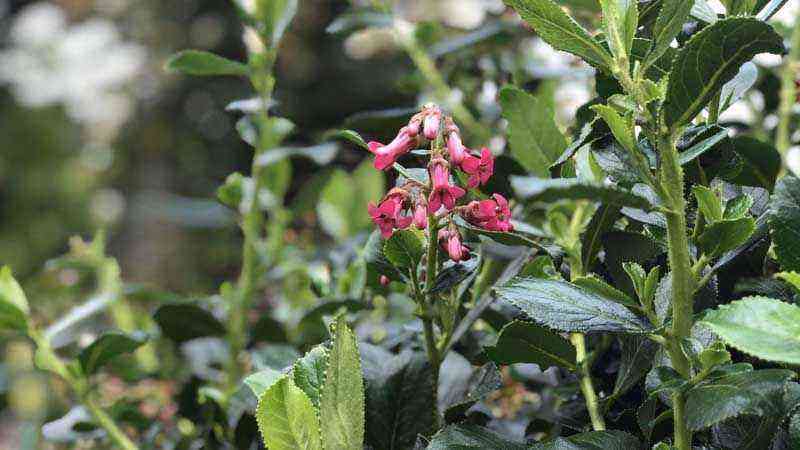Today we are pleased to add one more cultivation tab with Achillea ptarmica, and it is that she is proud to be originally from Spain. Now, later on, we will tell you about which part of our “bull’s skin” country specifically. As always, we will make an introduction emphasizing its origin, and later, we will comment on its cultivation characteristics. In the typical Agromatic way.
Cultivating Achillea ptarmica, an asteraceae of Spanish origin
Since we usually do the introduction, we have to tell you that Achillea ptarmica, as scientifically known, it belongs to the family of asteraceae. A name that is difficult to remember, although less so if we say that the asteraceae family is the same as that of the composites. Now it sounds more right? Well, in this family we have some examples of great economic importance:
And yes, of course: Achillea ptarmica. Although it is not as well known as the crops mentioned, it also has its niche.
Any curiosity? Okay, yes. Even if you don’t remember the nameAchillea ptarmica), which will happen to 80% of readers (including server), we better rename it as «sneeze grass«
Achillea ptarmica = “Sneeze grass” Why?
Termination ptarmica is an epithet that means: sneeze provoker. This is because if you try to smell the flowering of this herbaceous plant, it will most of the time cause a sneeze. Something like pepper.
If you look at the flowering, the “sneeze weed” or “buttercup” (as it is also known), looks a lot like yarrow (Achillea millefolium), where here you have its cultivation file. That’s because they share the gender (Achillea).
Its provenance? Spanish yes. It is located in the mountainous areas of northern Spain, where it is cold. It can also be seen abundantly near river beds or streams.
Cultivation characteristics
This herbaceous withstands a wide range of temperatures. Withstand not very strong frosts and hot seasons. As it grows in the alpine regions of northern Spain, we can more or less get an idea of its temperature range and its adaptation to the climate.
With regard to the soil, it is undemanding. Far from other crops that need a range of specific pH (either acidic or basic), or higher or lower content in clays or sands, Achillea ptarmica behaves differently.
It has a great power of adaptation and acclimatization, and it will not matter excessively that the organic matter content not optimal. It is capable of growing in poor soils, either with a higher content of clays or sands, or slightly acidic or basic pH (a range that goes from 6 to 8, even a little more).
Do not worry if you have it in your garden totally separated from the rest of the trees or herbaceous plants. It usually likes to grow in full sun, even when there are high temperatures. Simply, as we have said, you will have to regulate the irrigation based on it.
Talking about the moisture and irrigation, As you have seen that it tends to grow in areas of river and stream beds, it is convenient that the humidity level is constant. Always staying away from excessive watering that puddles the ground and produces rot, of course. Adapt to the climate and water according to how hot it is (it could be every 2 days in summer, every week in winter, etc.).
Medicinal properties of Achillea ptarmica
Besides that it can also be used Achillea ptarmica As an ornamental plant (given the color of its flowering and the perfume it gives off), information has also been collected on the medicinal properties of its extracts.
It is usually used in a traditional way as a carminative (to reduce gas and heaviness of the stomach), analgesic and hemostatic, among others. It should also be mentioned (although we do not know how to get the benefits out of it), that it is sneezing, that is, it causes sneezing.
The roots are usually used, either to make infusions to directly chew the rhizome when it is fresh.
